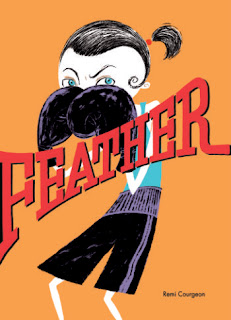 Chng, J. (2015). Dragon Dancer. UK: Lantana Publishing.
Chng, J. (2015). Dragon Dancer. UK: Lantana Publishing.Dragon Dancer talks about a legend of Chinese dragon dance. The main character of the story is boy named Yao, who is a young dragon dancer. The story happened in the Chinese New Year’s eve, and Yao was just about to prepare his costume by waking up the sleeping Shenlong. At the moment Shen Long opened his giant eyes, Yao’s fantastic journey of casting out bad luck had begun. Before Shenlong went back to rest again, he complimented Yao for his good work on dancing with him. The story in this book is a really beautifully told story for Chinese New Year.
As a Chinese reader, reading and reviewing a book about my own culture like this is quite interesting. First of all, I would say the illustration of this book is wonderful and fascinating. The illustration of this book is a stunning spot not only because it is colorful and well-drawn, but also its unique technique of highlighting the important parts. As a whole, the illustration is kind like the Chinese ink painting. As for the content, I assume the legend in this book is made up by the author or at least recomposed because I have never heard about the legend nor searched the same legend online. However, due to the positive atmosphere in the story, I still think it would be a great book about Chinese festival in your classroom library. You could also use this book as a read-aloud book in 1st-4th-grade classrooms.
Reviewed by Xiaochen April Huang













 Pitman, G. E., (2017). When You Look Out the Window: How Phyllis Lyon and Del Martin Built a Community. Washington, DC: Magination Press.
Pitman, G. E., (2017). When You Look Out the Window: How Phyllis Lyon and Del Martin Built a Community. Washington, DC: Magination Press.